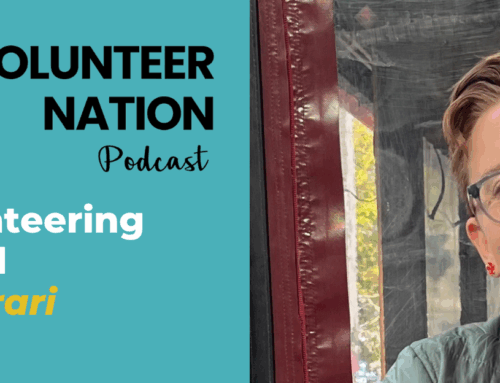 How to Boost the Power of Your Volunteer Orientation Process
How to Boost the Power of Your Volunteer Orientation Process
Most nonprofits use presentation-style training to deliver their volunteer orientations. Research shows, however, that presentations, by themselves, don’t teach behavior skills or promote critical thinking. It’s no wonder volunteers don’t always learn what they need to during the orientation process.
Luckily, the effectiveness of presentations can be boosted. Research has shown that by integrating overt interactivity (i.e., the use of remote hand-held clickers and group discussion) and promoting psychological activity (i.e., the use of rhetorical questions and polling), learning outcomes can be improved. These techniques work whether the presentation occurs online or in-person.
If the lack of time or resources makes presentations your only viable option, it’s still possible to increase the effectiveness of your delivery. The following strategies have been shown to deepen learning, even when the content is “presented from the podium.”
Nine Ways to Quickly Boost Your Presentation-Style Volunteer Orientation Training
You spend a lot of time and effort recruiting new volunteers and getting them to your new volunteer orientation workshop. Make the most of that time by using some of the following tactics to ensure their success.
- Kick It Off With a Good Story – Pick something that illustrates a main point and establishes a common understanding; personal stories, if they are relevant to the topic, pique interest in learners.
- Challenge Common Perceptions Early On – Get attention using “Hits and Myths” exercises, presenting surprising data, etc.; be sure to provide citations, so learners can research for themselves later.
- Ruthlessly Cut Down The Amount of Text – Replace it with visuals to explain concepts, processes, structures, and relationships, etc.
- Use Relevant, Not Decorative Visuals – To depict organization, numbers, processes, abstract concepts; use photos as a metaphor.
- Keep it Brief and Tightly Focused — Implement a “less is more” approach with slides (3-5 main content points, 30-90 minutes including Q&A).
- Get Minds and Bodies Reacting – Use as many options as possible to increase overt response and psychological engagement (include talking, writing, voting, typing, clicking, etc.); the more, the better.
- Use Learning Prompts & Provide Takeaways – Help learners remember later using mnemonic devices, tip sheets/job aids, additional post-course practice activities, etc.
- Build-in “Training Wheels” to Save Time – Include completely worked (with answers), partially worked (asking learners to complete the answer), and unworked examples (that learners must complete on their own); case studies and scenarios work really well in this context.
- Don’t Fall Prey to Wishful Thinking – The brain works how the brain works; don’t expect it to do what it can’t; use presentations to convey information or build understanding, not to teach skills.
Read More About Evidence-based Training Research
For more information on evidence-based training, check out Ruth Colvin Clark’s book Evidence-Based Training Methods: A Guide for Training Professionals, (American Society for Training and Development, 2010). It’s packed with solid research on how learning really happens.
Share Your Training Ideas
What do you do to increase the effectiveness of your volunteer orientations? Please share in the comments below!







Leave A Comment